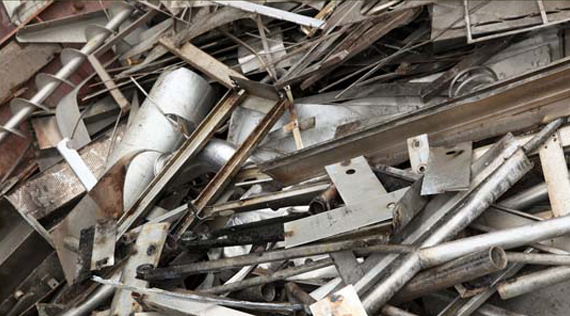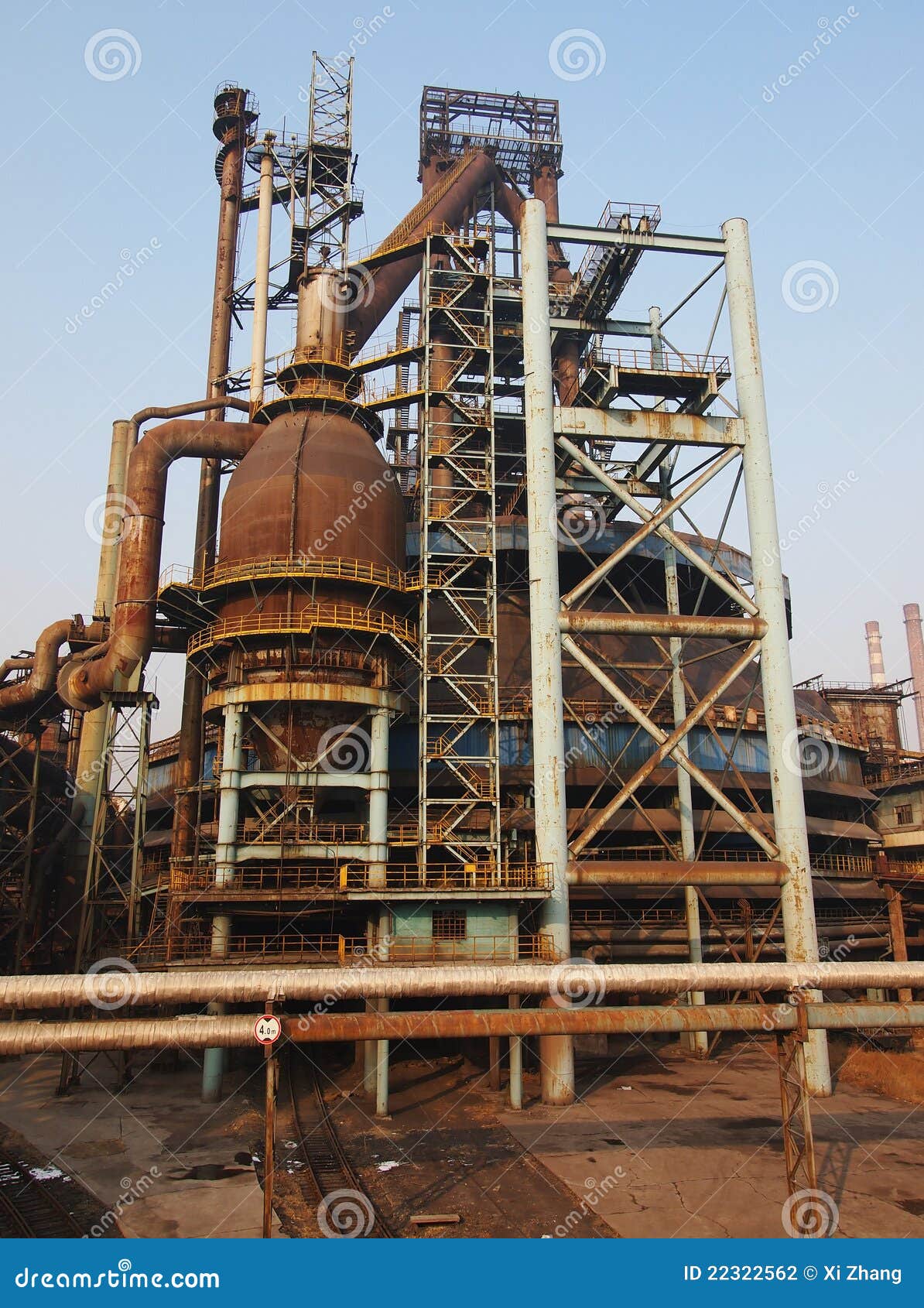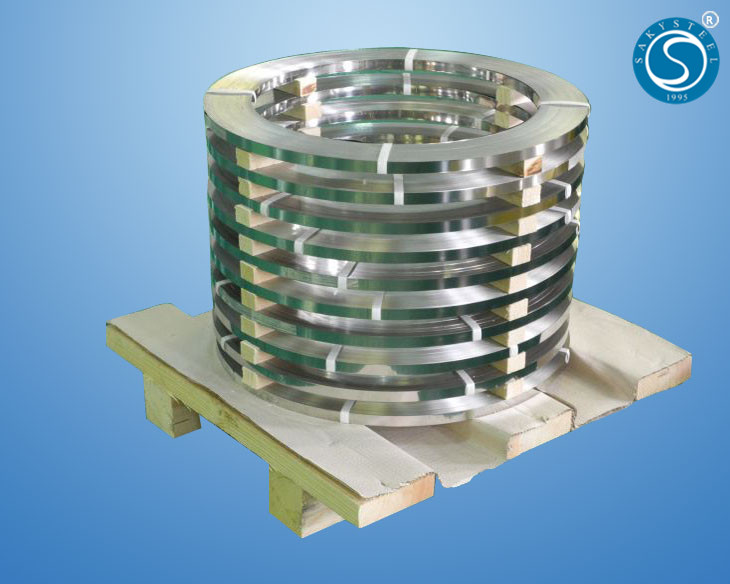
Canada soon followed, along with the Netherlands, Belgium, Japan, and Italy. In October 1958, West Germany selected the F-104 as its primary fighter aircraft. While its time with the USAF was brief, the Starfighter found much more lasting success with other NATO and allied nations. Problems with the General Electric J79 engine and a preference for fighters with longer ranges and heavier payloads meant its service with the USAF was short-lived, though it was reactivated for service during the Berlin Crisis of 1961 and the Vietnam War, when it flew more than 5,000 combat sorties.


Just a few months later, it was pressed into action during the Second Taiwan Strait Crisis, when it was deployed as a deterrent to Chinese MiG-15 and MiG-17 fighters. On 4 March 1954, the Lockheed XF-104 took to the skies for the first time, and on 26 February 1958, the production fighter was activated by the USAF.

#China stainless steel upright zer factory series
Created as a day fighter by Lockheed as one of the " Century Series" of fighter aircraft for the United States Air Force (USAF), it was developed into an all-weather multirole aircraft in the early 1960s and produced by several other nations, seeing widespread service outside the United States.Īfter a series of interviews with Korean War fighter pilots in 1951, Kelly Johnson, then lead designer at Lockheed, opted to reverse the trend of ever-larger and more complex fighters to produce a simple, lightweight aircraft with maximum altitude and climb performance. The Lockheed F-104 Starfighter is an American single-engine, supersonic air superiority fighter which was extensively deployed as a fighter-bomber during the Cold War. Retired from military service in use with civilian operators as warbirds


 0 kommentar(er)
0 kommentar(er)
